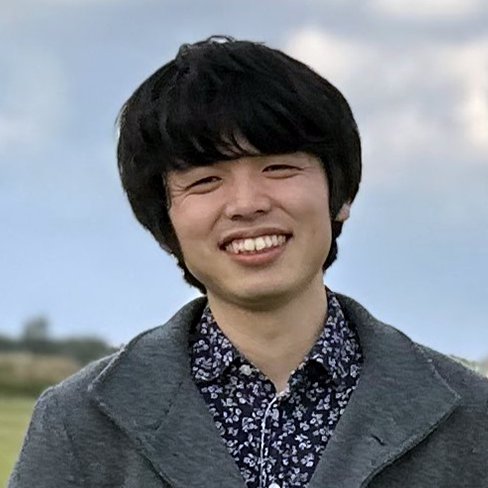These days drones are widely used as simple aerial photography equipment and transport aircraft for surveying, logistics, and much more. However, their short flight times have been marked as a fatal flaw when it comes to covering the long duration needed for ground observation, disaster monitoring, and so forth. On the other hand, despite the fact that satellites can remain airborne at all times, they are costly to launch and operate. Poor ground resolution is another drawback, and with the exception of geosynchronous satellites, they cannot stay airborne at a fixed point.
Naoto Morita, an assistant professor at the University of Tokyo, Aeronautics and Astronautic, is working on research and development for a UAV called "HAPS" (High-Altitude Pseudo-Satellite), which could be said to take the "best of both." HAPS can remain airborne at an altitude of close to 20 kilometers, and can monitor a fixed point while on standby at any location. Not only that, it has the advantages offered by both satellites and UAVs, since it can also swiftly move to different aerial locations.
HAPS comes in a variety of different types, and a fixed-wing HAPS model equipped with wings and a solar panel has now been fully realized thanks to recent technological innovations. Increasing the width of the main wings is one particularly effective way to lengthen flight longevity and elevate the performance capabilities of fixed-wing HAPS models. That being said, elongated wings have the problematic tendency to break under the weight of the loads they are carrying during flights, and they can deform and worsen flight capabilities.
With this in mind, Morita and his research team adopted an approach that "flexible aircraft to fly" by controlling the deformation of the elongated, light-weight wing structure during flights. The technique they devised consists of mounting three canards (small forewings) to control structural deformation, which then grants the ability to independently control each of them to achieve flight stability and decrease the burden put on the aircraft due to wind and other disturbances. In March 2022, a sub-scaled technology demonstrator craft successfully showcased its steady flight capabilities.
His research team states that this technology demonstrator aircraft, featuring active aeroelastic control technology, is Japan's first and the flight demonstration with a UAV using a multi-canard design is the first in the world. The same team is moving forward with the production of a large-scale technology demonstrator craft for summer 2024. Their plan with it is to break the current 82-hour record for the longest recorded flight time at an altitude of 150 meters or under.




